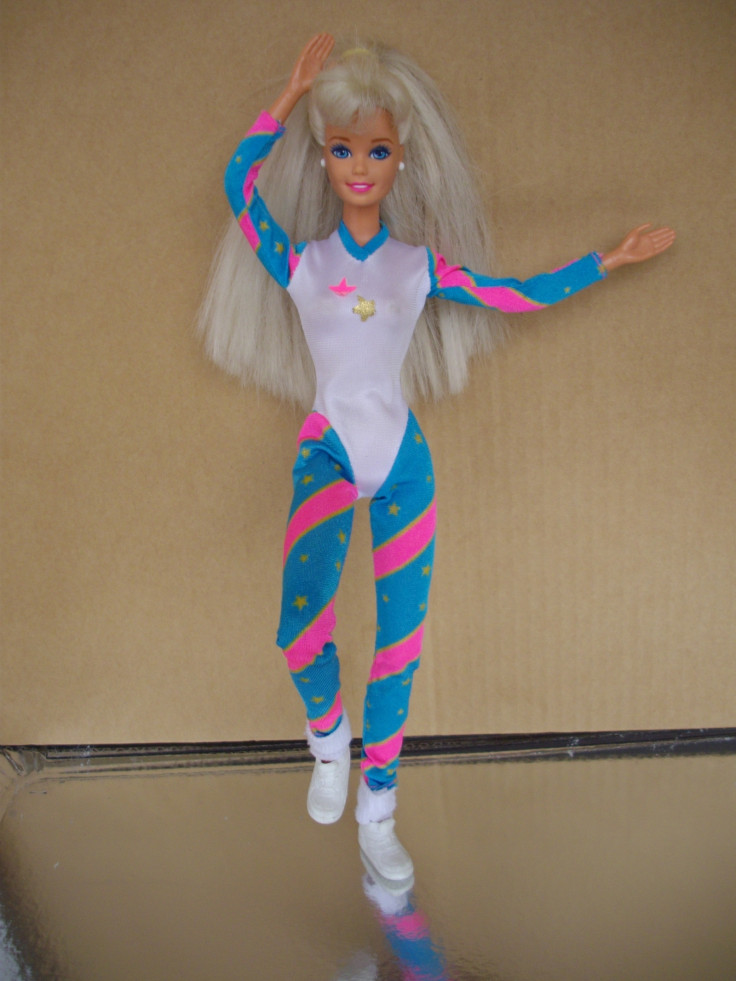Mattel launches Barbie with Down syndrome
The new launch comes at a time when Mattel is attempting to diversify its offerings in the midst of falling profits

Toy company Mattel Inc. has gradually been trying to cater to the changing sensibilities of people. In its latest attempt to make its Barbie dolls more inclusive and diverse, the company has launched its first Barbie doll representing a person with Down syndrome.
The company collaborated with the National Down Syndrome Society to ensure that the doll accurately represents a person with Down syndrome.
"We are proud to introduce a Barbie doll with Down syndrome to better reflect the world around us and further our commitment to celebrating inclusion through play," Lisa McKnight, the executive vice president and global head of Barbie and Dolls at Mattel, said in a statement.
The company has often been criticised for setting unrealistic beauty standards for its dolls. However, that is changing now as the company includes more diverse dolls in its collections.
"Our goal is to enable all children to see themselves in Barbie, while also encouraging children to play with dolls who do not look like themselves. Doll play outside of a child's own lived experience can teach understanding and build a greater sense of empathy, leading to a more accepting world," McKnight said.
.@Barbie debuts its first ever doll with Down syndrome! 💗
— Good Morning America (@GMA) April 25, 2023
Model Ellie Goldstein posed with the new doll saying, “It looks like me, and it’s beautiful, and I love it to pieces.” https://t.co/fPuS8v47J7 pic.twitter.com/tMyB87cDN8
The new launch comes at a time when Mattel is attempting to diversify its offerings in the midst of falling profits. The makers have also tried to portray some physical characteristics of a person with Down syndrome. Its blue and yellow dress with butterfly print represents the colours and symbols associated with Down syndrome awareness.
The doll also wears pink ankle foot orthotics that are worn by some children with Down syndrome as a support for their feet and ankles. Its pink necklace with three chevrons represents the three copies of the 21st chromosome responsible for the condition. It will soon be available at major retailers for $10.99.
Down syndrome is a lifelong genetic condition that causes developmental and intellectual delays in individuals. The genetic disorder occurs when abnormal cell division results in extra genetic material from chromosome 21.
Chromosomes are DNA molecules found inside the nucleus of a cell. They determine how a baby's brain and body develop during pregnancy and after birth. Down syndrome is congenital, which means that it is present at birth. The condition is established during conception and can be diagnosed during pregnancy.
Usually, babies are born with 46 chromosomes. Babies with Down syndrome have an extra copy of one of these chromosomes, which is referred to as chromosome 21. The medical term for having an extra copy of a chromosome is "trisomy," therefore, Down syndrome is also known as Trisomy 21.
There are three types of Down syndrome: trisomy 21, mosaic Down syndrome, mosaicism, and translocation.
Women who are 35 years of age or older are more likely to experience a pregnancy affected by Down syndrome. A family history of Down syndrome or another chromosomal disorder in a parent or sibling is also considered a risk factor for Down syndrome.
There's no cure for Down syndrome; however, there are a wide variety of support and educational programmes that can help people diagnosed with the condition and their families.
Governments and non-profits across the world have been working to raise awareness about the subject. Mattel has also jumped on the bandwagon with its latest launch. It has also started making Barbie dolls with wheelchairs, vitiligo, hearing aids, and prosthetic limbs. The doll with Down syndrome is part of its 2023 Fashionistas line-up.
It has also tried to include different ethnicities in its collection. In 2017, it released its first-ever Barbie dressed in a hijab. The doll was inspired by US Olympic fencer Ibtihaj Muhammad. She is the first US athlete to compete in the 2016 Rio Olympics wearing traditional Muslim headgear.
© Copyright IBTimes 2024. All rights reserved.






